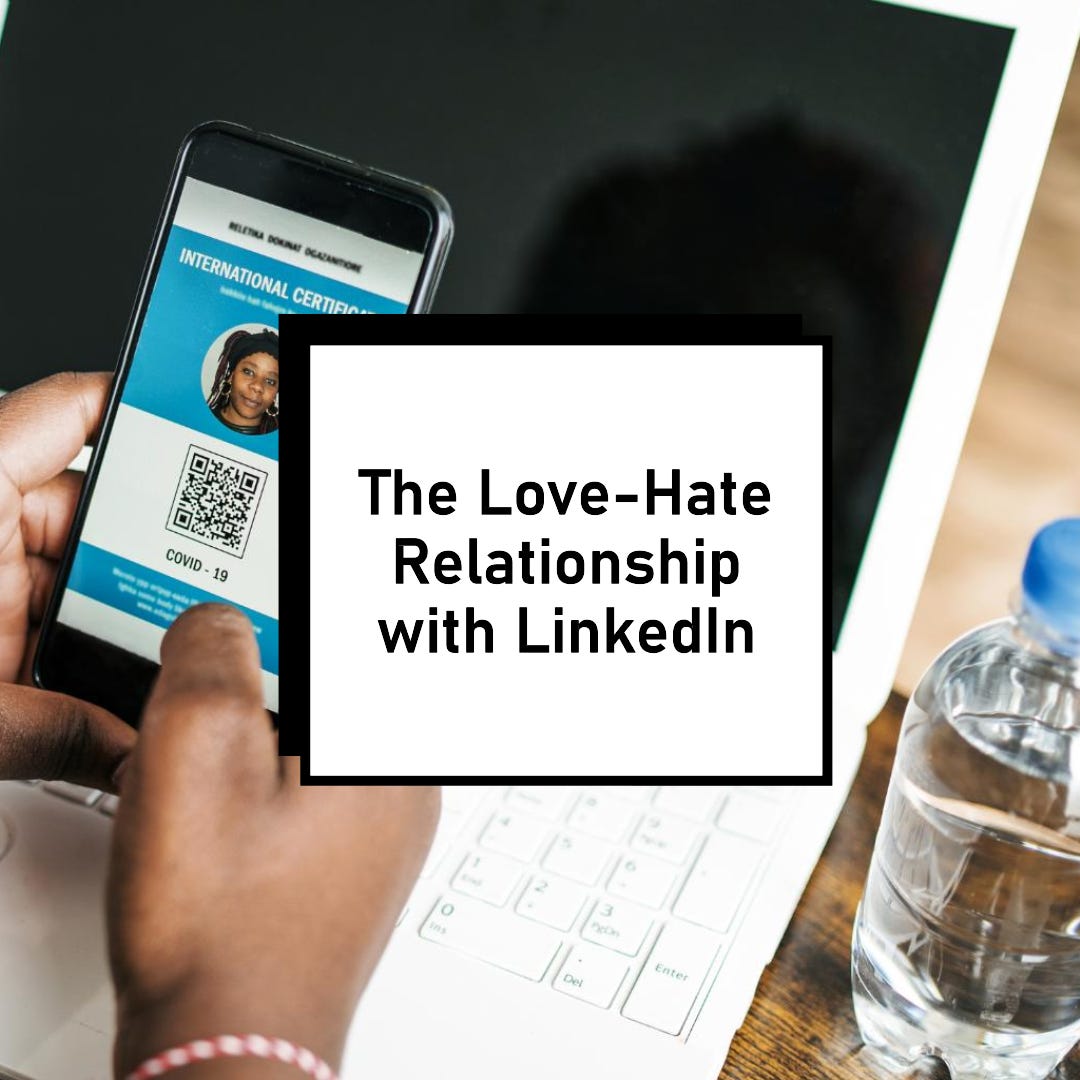LinkedIn: A Love-Hate Relationship with the Endless Scroll.
Navigating the Digital Abyss of Professional Networking
If you are a regular LinkedIn user, you know the feeling: that bottomless pit of content, the endless scroll that somehow always has more waiting just out of sight.
LinkedIn is a powerful tool for networking and career growth, no doubt. However, it is also a double-edged sword.
Beneath the polished surface of opportunity lurks a time-consuming abyss that can leave you feeling overwhelmed and disconnected.
The Allure, and the Trap
LinkedIn offers a wealth of opportunities. We connect with colleagues, share insights, and discover new possibilities.
Regardless, it is crucial to navigate its depths with caution, especially now that AI has further complicated the landscape.
Drowning in the Deluge
Endless Scrolling & the FOMO Trap: The constant stream of updates, articles, and job postings can feel like drinking from a firehose. It is easy to get lost, constantly refreshing your feed in fear of missing out.
This FOMO drives compulsive checking and mindless scrolling, stealing hours from your day and leaving you feeling unproductive and anxious.
The Pressure to Perform: LinkedIn's algorithms reward engagement, creating a false sense of accomplishment through likes, comments, and shares.
You will realize that the pursuit of external validation can overshadow genuine relationship-building.
Furthermore, the number of likes and comments can become a twisted measure of self-worth, pushing us to focus on superficial metrics rather than fostering authentic connections.
Quantity Over Quality: The pressure to maintain an active presence can lead to superficial connections and a focus on accumulating contacts rather than cultivating meaningful relationships.
Additionally, it is easy to fall into the trap of sending generic connection requests and engaging in shallow interactions just to boost your network size.
AI: Friend or Foe?
AI-powered features like content recommendations and personalized job suggestions can be helpful, but they also contribute to information overload.
The algorithms, constantly learning from your behavior, can trap you in an echo chamber, limiting your exposure to diverse perspectives.
AI-generated posts and comments further blur the lines between authentic interaction and automated engagement, making it even harder to build genuine connections.
The Mental Health Toll
Comparison & Inadequacy: The constant exposure to curated highlight reels can trigger feelings of inadequacy and self-doubt.
You may find it is easy to compare your behind-the-scenes struggles to others' carefully crafted successes, leading to a distorted sense of reality.
The Pressure to be Perfect: The pressure to project a perfect professional image can lead to anxiety and burnout.
Additionally, the fear of making a mistake or appearing less than perfect can be paralyzing, hindering genuine self-expression and growth.
The Time Warp
LinkedIn's endless scroll, now enhanced by AI-driven recommendations, can make hours disappear in a blink.
You start by checking a notification and end up spending hours consuming content that may not even be relevant to your goals.
The blurred lines between personal and professional time can further erode work-life balance.
With LinkedIn always at your fingertips, it is tempting to check it during evenings and weekends, blurring the boundaries between work and leisure.
Finding Your Way Out of the Labyrinth
LinkedIn is a powerful tool, but it is essential to approach it with intention and self-awareness.
The integration of AI has added both opportunities and challenges, making it even more important to be mindful of your usage.
Therefore, it is important to set boundaries, prioritize meaningful connections, and resist the urge to get sucked into the abyss of endless scrolling and AI-driven recommendations.
Remember, your time and mental well-being are precious. Therefore, you should use LinkedIn strategically, without letting it consume you.
If you found this post insightful, I'd be honored if you'd consider subscribing to my Substack, The Acing Scholar, for more reflections on navigating the complexities of the digital age.
And if you think others might benefit from this perspective, please share it far and wide! Let's start a conversation about how we can use technology to connect, not disconnect.





